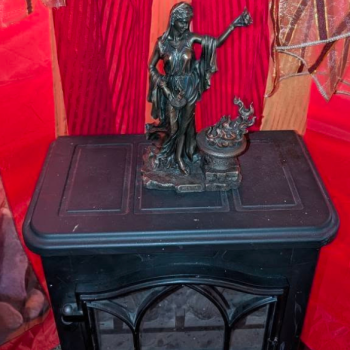With that in mind, after the Old Testament itself, some of the most important Jewish sources I will draw on are as follows:
- The Dead Sea Scrolls: an ancient collection of Jewish manuscripts copied sometime between the second century B.C. and 70 A.D. This collection contains numerous writings from the Second Temple period, during which Jesus lived.
- The Works of Josephus: a Jewish historian and Pharisee who lived in the first century A.D. Josephus' works are extremely important witnesses to Jewish history and culture at the time of Jesus and the early Church.
- The Mishnah: an extensive collection of the oral traditions of Jewish rabbis who lived from about 50 B.C. to 200 A.D. Most of these traditions are focused on legal and liturgical matters. For rabbinic Judaism, the Mishnah remains the most authoritative witness to Jewish tradition outside of the Bible itself.
- The Targums: ancient Jewish translations and paraphrases of the Bible from Hebrew into Aramaic. These emerged sometime after the Babylonian exile (587 B.C.), when many Jews began speaking Aramaic rather than Hebrew. Scholars disagree about their exact dates.
- The Babylonian Talmud: a vast compilation—more than thirty volumes—of the traditions of Jewish Rabbis who lived from around 220 to 500 A.D. The Talmud consists of both legal opinions and biblical interpretations, in the form of a massive commentary on the Mishnah.
- The Midrashim: ancient Jewish commentaries on various books of the Bible. Although parts of these are later than the Talmud, they contain many interpretations of Scripture attributed to Rabbis who lived during the times of the Mishnah and the Talmud.
These are by no means all of the ancient Jewish writings that are relevant for understanding the New Testament, but they are the ones I will be looking at most frequently in this book.
In particular, I want to highlight the importance of the rabbinic literature: the Mishnah, the Talmud, and the Midrashim. Although many of these writings were edited after the time of Jesus himself, both rabbinic experts and New Testament scholars agree that, if used with caution, they are still very important for us to study. For one thing, the rabbis often claim to be preserving traditions that go back to a time when the Temple still existed (before 70 A.D.). In many cases, there are good reasons to take seriously these claims. Moreover, unlike the Dead Sea Scrolls or the writings of Josephus, the rabbinic literature continues to play an important role in the life of Jewish communities to this day. For this reason, I will pay particular attention to the Mishnah and the Talmud, which are still considered by many Jews to be the most authoritative witnesses to ancient Jewish tradition.
With all of this background in mind, we can now focus our attention on those ancient Jewish beliefs about the coming of the Messiah that may shed light on the Eucharistic words of Jesus. Unfortunately, many modern readers are only vaguely familiar with Jewish beliefs regarding the coming of the Messiah. In fact, a good deal of what most Christian readers have learned about Jewish messianic ideas is often oversimplified, riddled with exaggerations, or even downright false.
Therefore, in order for us to situate Jesus' teachings in their historical context, we need to back up a bit and answer a few broader questions: What were first-century Jews actually waiting for God to do? We know that many were expecting him to send the Messiah, but what did they think the Messiah would be like? What did they believe would happen when he finally came?
Brant Pitre talks with Patheos about Jesus and the Jewish Roots of the Eucharist.
Additional review and discussion of the book.
Return to the Patheos Book Club for more resources and conversation on Jesus and the Jewish Roots of the Eucharist.




